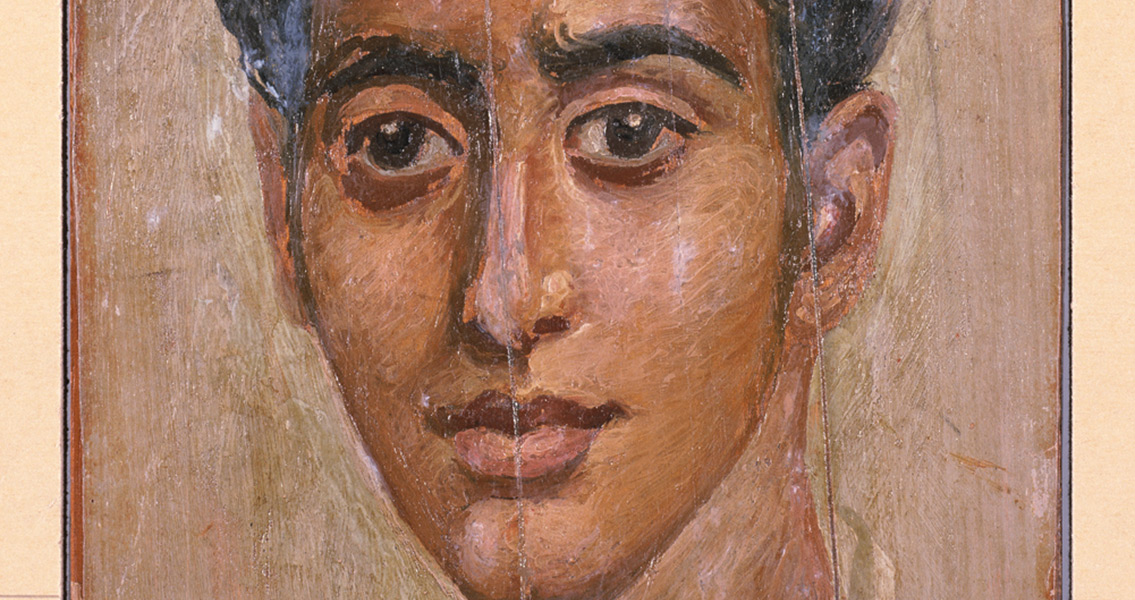<![CDATA[Researchers investigating the ancient paintings of Egyptian mummies have uncovered clues about the methods used by the artists. Referred to as mummy portraits, (or Faiyum mummy portraits – Faiyum being the area where they’re most commonly discovered) they are a type of naturalistic portrait from the Coptic period, painted on wooden boards which were combined with mummy-wrappings and then attached to the head of the deceased. The portraits belong to one of the most highly regarded traditions of art from the classical world – panel painting. The images examined by the researchers were found on 2,000 year old mummies and would have been painted following their death. Mummy portraits were typically reserved for Egyptian high ranking officials and would have shown them in their prime. Researchers with Northwestern University in Illinois have utilized delicate, non-invasive, forensic technology to reveal the exact colors the artists used as well as their order of application. The study, which was presented to the American Association for the Advancement of Science in February, demonstrated the non-invasive yet comprehensive methods the scientists used and the results which indicated at least three of the portraits studied were likely completed in the same workshop – perhaps by the same hand. The study states that the methods they discovered were the first to use a style related to modern-day paintings. Marc Walton, the study’s lead author, is reported as saying, "Our materials analysis provides a fresh and rich archaeological context for the Tebtunis portraits, reflecting the international perspective of these ancient Egyptians. For example, we found that the iron-earth pigments most likely came from Keos in Greece, the red lead from Spain and the wood substrate on which the portraits are painted came from central Europe. We also know the painters used Egyptian blue in an unusual way to broaden their spectrum of hues." Various high-tech methods were utilized in the analysis of the paintings, including sophisticated cameras to examine the profile of the paintings by taking photos from a variety of angles. The cameras also revealed the number of layers applied to each area and in which order the colors were applied. Hyperspectral imaging (a technique seldom used by researchers) produced data which showed the exact colors the artists used. This data was confirmed by results from Raman spectroscopy. Mummy portraits have been discovered across Egypt, but most commonly in the Faiyum Basin and specifically in the Roman city Antinoopolis. They date from the early first century CE (the Roman period) onward. Although its unclear when production of mummy portraits ended, recent research indicates it was likely in the mid-third century. These paintings are among the largest groups from the tradition of classical world panel painting to survive. The paintings were traditionally mounted to the cloth bands used to wrap the bodies of the deceased, and typically covered the faces of the deceased which were mummified for burial. Most of the portraits discovered have been detached from their mummies. They usually portray a single person, and show just the head and sometimes include the upper chest. The images seem to be more clearly derived from Graeco-Roman traditions rather than Egyptian traditions. Around 900 mummy portraits are known to exist. Because of the dry, hot Egyptian climate, the paintings are usually well preserved, and often retain their brilliant colors, ostensibly not faded even by time.]]>
Non-Invasive Techniques Offer Clues About Mummy Portraits
